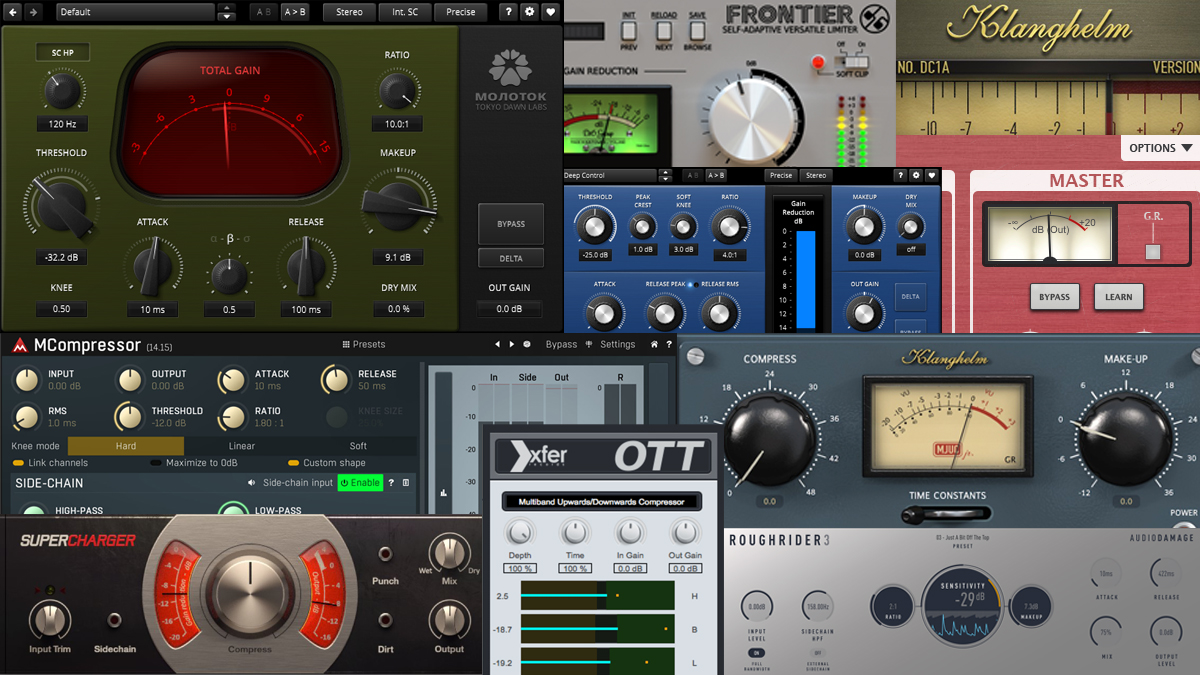Compressors nowadays are usually referred to as a plugin, but in the analog era, compressors were always in the form of several devices and were large, expensive and difficult to buy, and difficult to maintain, but all that has changed because now it is the digital age and everything has turned into plugins/vst/software. There are many software manufacturers that create digital compressors, but they have essentially the same features and functions.
Now we will discuss What is a compressor, what are the parameter settings and what type of compressor is it.
In principle, the Audio Compressor is the same as the compressor that we often find in tire pumpers using an air compressor. The compressor is a device that compresses the shape of the audio signal so that the dynamic difference in the audio signal can be reduced or at least almost equal.
There are several functions of the compressor, some use it to color the sound signal, some use it to equalize the audio signal and some use the compressor for positioning, such as stereo imaging. So it's not surprising that a compressor will be able to form a sloping stage or another shape.
In a compressor, there are several parameters or settings, namely: Gain, Threshold, Knee, Ratio, Saturation, Attack, Release, Sustain. More details can be seen in the image below.

Now we will discuss the parameters and what they do
1. Gain

Gain is a measure of a sound signal produced in an instrument, the greater the gain, the greater the sound that can be heard.
2. Threshold

Threshold is the size of the limit that we determine when it's time for a compressor to work.
The picture shows a limit when it's time for the compressor to work. If the audio signal exceeds this limit, the compressor will work to compress the signal that is between the threshold and gain limits. Meanwhile, the audio signal that is below the threshold remains in a safe position or is not compressed. How much to compress the signal, the compressor will also refer to the ratio. For example, a 2:1 ratio, then the signal will be compressed so that it is halfway between the threshold and the gain.

3. Knee

The knee can be understood as a graphic depiction of how the compressor works. The sharpness of the compression of a signal is determined by the knee. Big or small cutting sharpness also depends on the ratio that we specify. For details, see the following image.
4. Ratio

The ratio is a measure that determines how much size is compressed by a compressor so that it determines how much signal is generated after being compressed. For example, at the threshold, the size of the compressed signal is determined by the ratio. For example 1:1 then the signal result will remain at the basic gain size, while 1:2 then the compression result will be at half the signal gain, and so on.
5. Saturation

Saturation is a character modifier. If in a compression operation, we are free to make a compressor only as a compression between the threshold and gain or if we can change its character at the same time. The greater the saturation that we use, the greater the sound character of the resulting sound.
6. Attack

Attack determines how fast the compressor works. For example, if a signal exceeds the threshold, a compressor will automatically work to compress the signal. How fast the compression is done is determined by the attack. For example, if the attack is set to 20ms, the amount of time it takes for the compressor to run is 20ms. Usually, songs with loud stops will be compressed quickly, whereas songs with slow beats will be compressed slowly.
7. Release

The release is used to determine how long the compressor effect is released. If the attack determines how fast the compressor works, on the other hand, the release determines how quickly the compressor finishes doing its job as a compression tool.
8. Sustain

Sustain is the hold that occurs in a signal generated by compression.

